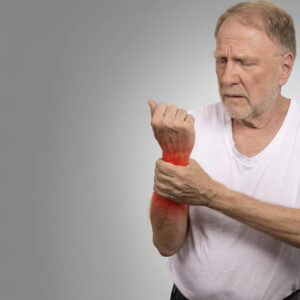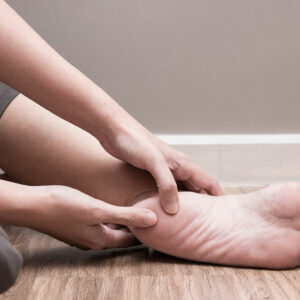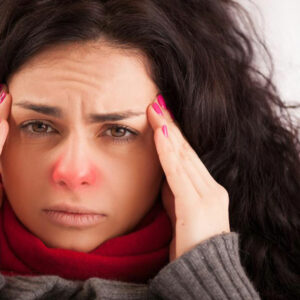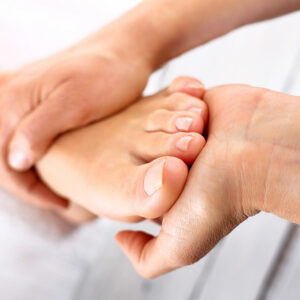
01
7 Early Signs of Rheumatoid Arthritis
Rheumatoid arthritis (RA) is a common disorder where an individual’s joints are attacked by their immune system. The symptoms of rheumatoid arthritis usually affect the wrists, feet, and hands, and spotting the signs early enough can make it possible for a person to get an early diagnosis and the necessary treatment. Through early and consistent management of RA, it becomes possible for a person to prevent permanent joint damage and disability. Such small measures also help to lead a comparatively pain-free life. Let us know a bit more about rheumatoid arthritis, early signs of rheumatoid arthritis, and when you should see a doctor. What is rheumatoid arthritis? This condition occurs when joints become inflamed because the immune system of a person isn’t functioning properly. However, the immune system in people with RA attacks the body cells causing joint inflammation and making the joints painful, stiff, and swollen. At the moment, RA doesn’t have a cure, but through proper treatment, the flares of RA can be reduced. If this condition is not treated or signs of rheumatoid arthritis are ignored, the cartilage, joints, and bones in the affected area become damaged. Early signs of rheumatoid arthritis Since spotting the warning signs of RA can help you seek treatment earliest possible, you need to know the signs you should look for. Rheumatoid arthritis signs usually include the following. Fatigue This is a general symptom in people who are suffering from RA especially if they are experiencing joint inflammation. It is one of the most common early signs of rheumatoid arthritis. The fatigue is caused by the reaction of the body to poor sleep, inflammation, anemia, and treatment. It occurs when the body lacks enough energy and this can affect a person’s mood and emotions, relationship with people, occupation, attentiveness, sex drive, productivity, creativity, and happiness.
Read More 










